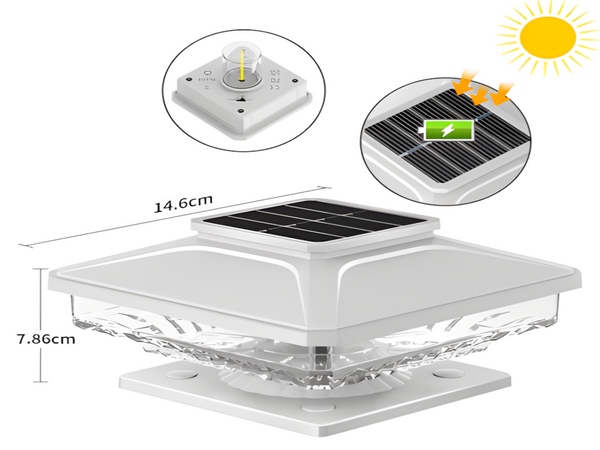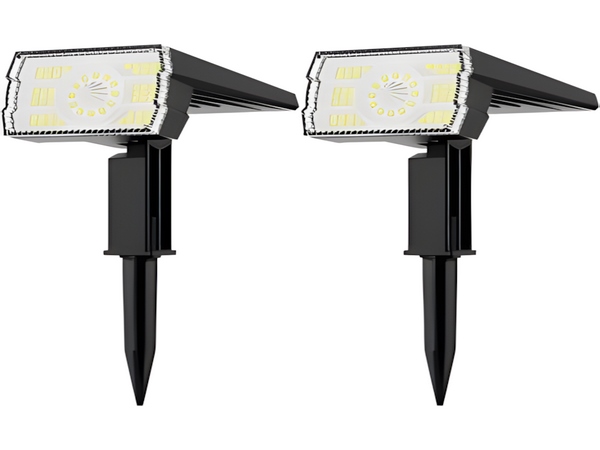
Wind energy, as a form of green energy, has become a new type of energy development. The advantages of solar energy have also led to its widespread application. The amount of electricity generated by wind and solar energy each day depends on the weather. They work complementarily each day based on weather conditions, making the construction of wind-solar complementary LED street lighting systems highly significant.

Introducing the working configuration of wind-solar complementary LED street lights.
Wind-solar complementary LED street light installation
Different models of wind turbines can be configured based on different climate environments to maximize the utilization of wind energy for the wind-solar complementary LED street light system. The solar panels used are high-efficiency monocrystalline silicon solar panels, greatly enhancing solar power generation efficiency. This effectively addresses the issue of insufficient charging due to low conversion rates of solar panels when wind resources are inadequate.
The wind-solar complementary street light controller is a key component in the system, controlling and coordinating the functions of other components. The controller incorporates light control for illumination, time control for turning off lights, automatic power tracking, and automatic discharge. It has overcharge and over-discharge protection, ensuring stable and reliable performance. The wind-solar street lights use high-performance, large-capacity maintenance-free lead-acid or gel batteries to provide ample power, ensuring the LED wind-solar complementary light source remains lit even during cloudy days, significantly enhancing system stability.
Wind-solar complementary LED street lights contribute to a blue sky and clear water.
1. They align with the national policy promoting the use of new energy, creating a new avenue for energy conservation, consumption reduction, and emission reduction, while establishing a symbolic visual scene for the government’s advocacy of “green energy and green lighting.”
2. They meet urban development goals by building essential environmental infrastructure focused on “blue sky, clear water, greenness, and cleanliness,” enhancing the model city’s commitment to “ecological civilization” and “circular economy,” which in turn elevates the image and quality of new green and environmentally friendly city construction.
3. They enhance citizens’ awareness of high-tech new energy product applications, thereby increasing public consciousness regarding the use of new energy sources.

4. They provide direct affirmation for local governments in their efforts toward “energy conservation, emission reduction, green lighting, circular economy, ecological civilization, popular science education, and public awareness.”
5. They contribute to the local economy by developing the new energy industry, while also paving a new path for adjusting the economic structure.
Specialized in research, production, and sales of solar energy products, the wind-solar complementary LED street light manufacturer offers information for those interested in purchasing solar LED lights.



